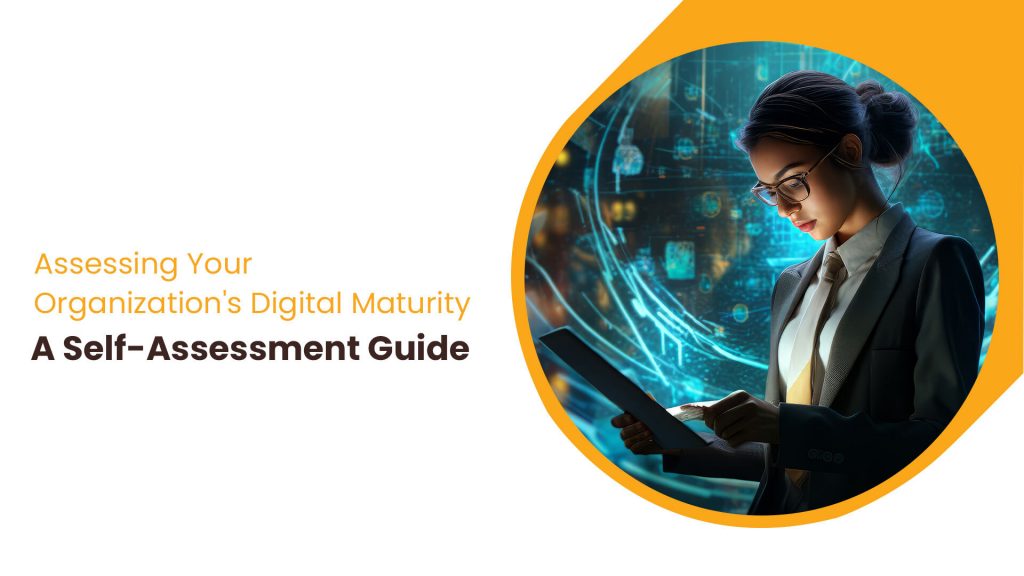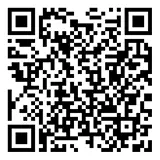Reading Time: 3 minutes
Organizations must continuously adapt and innovate to stay competitive.Understanding your organization’s digital maturity is crucial for identifying areas of strength and opportunities for improvement. This self-assessment guide will help you evaluate your organization’s digital maturity and develop a roadmap for future growth.
.
Work Smarter, Not Harder
iFieldSmart empowers your team with AI-driven efficiency to simplify scheduling, boost collaboration, and keep projects on track.
Schedule a MeetingWhat is Digital Maturity?
Digital maturity refers to an organization’s ability to effectively leverage digital technologies to achieve its strategic goals. It encompasses various aspects, including data-driven decision-making, digital transformation initiatives, and the adoption of emerging technologies.
.
Why is Digital Maturity Important?
A high level of digital maturity can provide several benefits, including:
- Increased efficiency and productivity: Digital tools can automate tasks, streamline processes, and reduce costs.
- Improved customer experience: Leveraging digital channels can enhance customer satisfaction and loyalty.
- Enhanced decision-making: Data-driven insights can inform strategic decisions and mitigate risks.
- Competitive advantage: Organizations with higher digital maturity are better positioned to capitalize on emerging opportunities.
.
Self-Assessment Framework
To assess your organization’s digital maturity, consider the following key areas:
-
Leadership and Culture:
- Does your leadership team understand the importance of digital transformation?
- Is there a culture of innovation and experimentation within your organization?
- Are employees empowered to use digital tools and technologies?
-
Technology Infrastructure:
- Do you have a robust and scalable IT infrastructure?
- Are your systems and data well-integrated?
- Are you effectively managing cybersecurity risks?
-
Data Management:
- Do you have a data-driven culture?
- Are you able to collect, analyze, and leverage data effectively?
- Do you have the necessary data governance and privacy policies in place?
-
Digital Transformation Initiatives:
- Have you successfully implemented digital transformation projects?
- Are you continuously exploring new digital opportunities?
- Do you have a clear digital strategy?
-
Employee Skills and Capabilities:
- Do your employees have the necessary digital skills and knowledge?
- Are there opportunities for employees to develop their digital competencies?
- Is your organization investing in digital talent acquisition and retention?
.
Scoring and Analysis
Once you have assessed your organization in these areas, assign a score from 1 to 5 (1 being low and 5 being high) to gauge your level of digital maturity. Identify areas of strength and areas that require improvement.
.
Developing a Roadmap for Improvement
Based on your self-assessment, create a roadmap for enhancing your organization’s digital maturity. This roadmap should include specific goals, timelines, and action plans. Consider investing in training and development programs, upgrading your technology infrastructure, and fostering a data-driven culture.
.
Conclusion
Assessing your organization’s digital maturity is a crucial step in staying competitive in today’s digital age. By understanding your strengths and weaknesses, you can develop a targeted strategy for improvement and unlock the full potential of digital transformation.
Remember, digital maturity is a journey, not a destination. Continuous learning and adaptation are essential for long-term success.
visit: www.ifieldsmart.com








